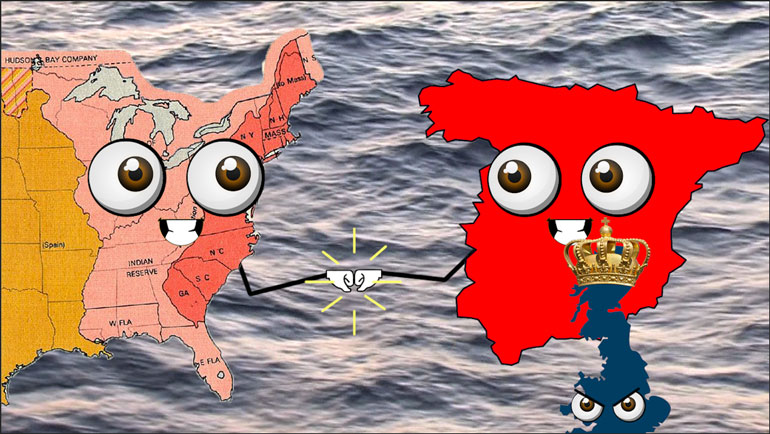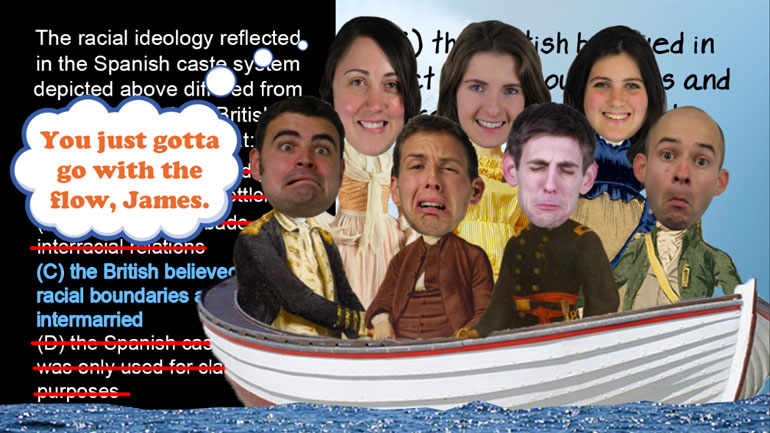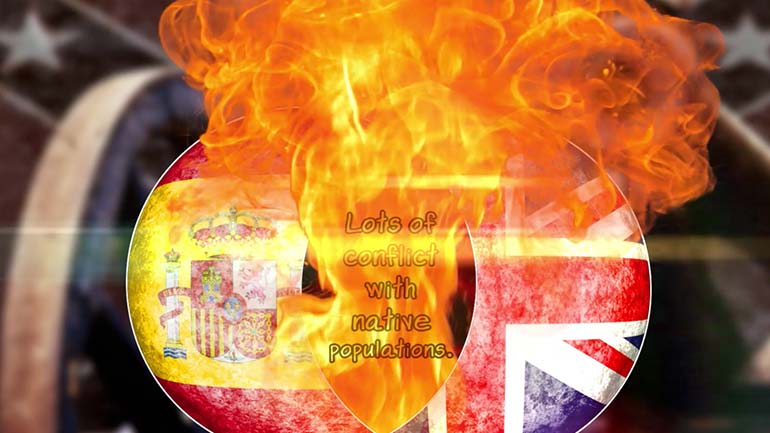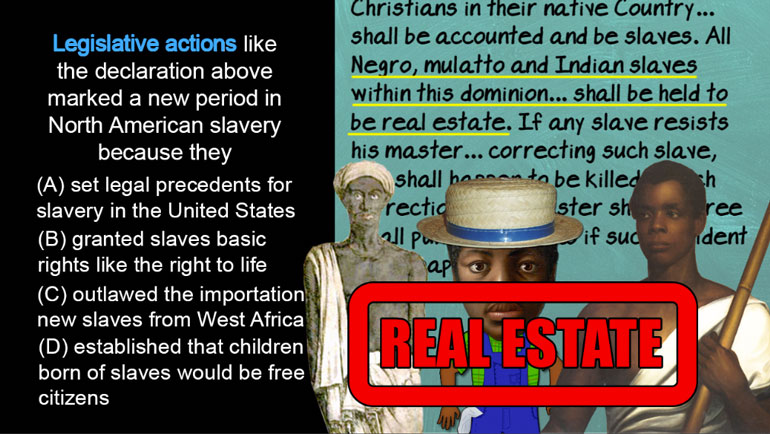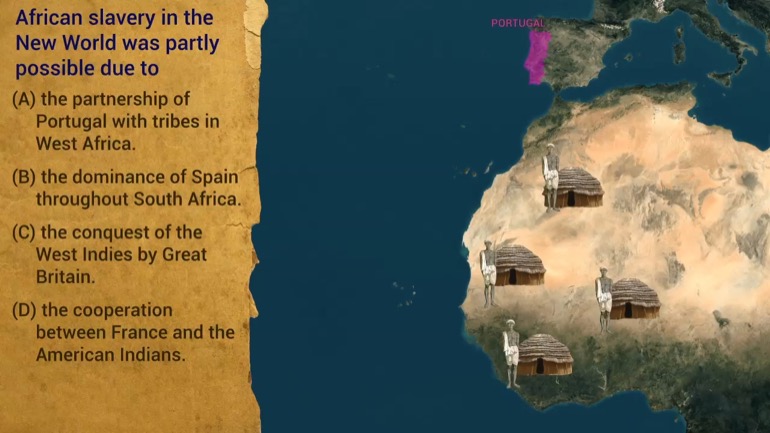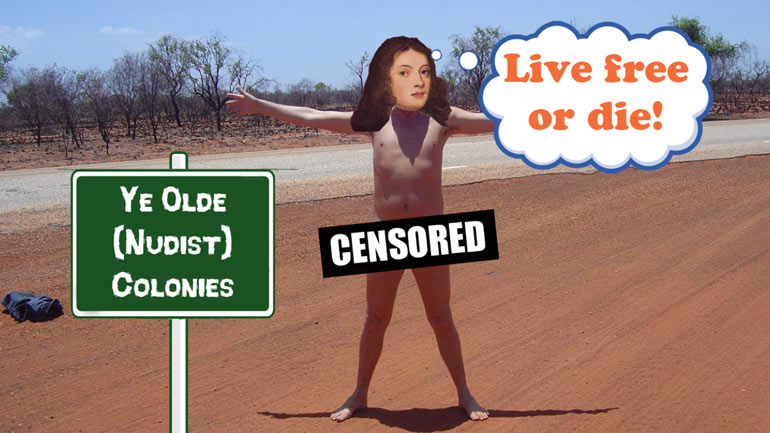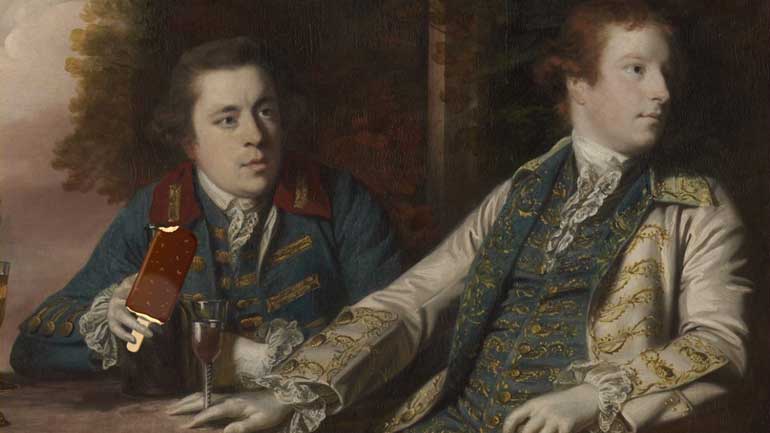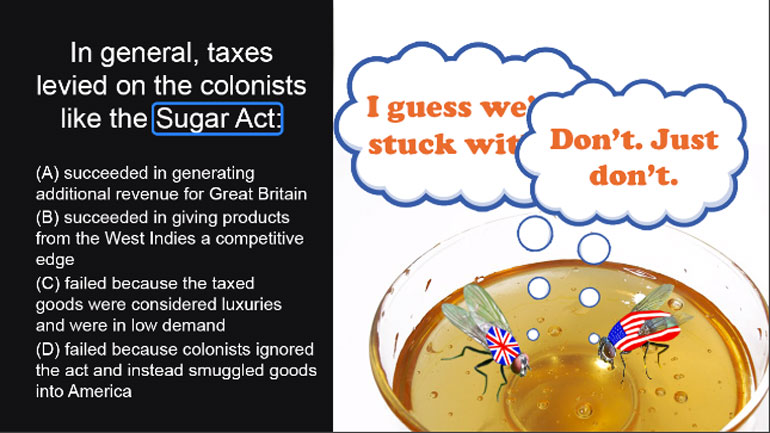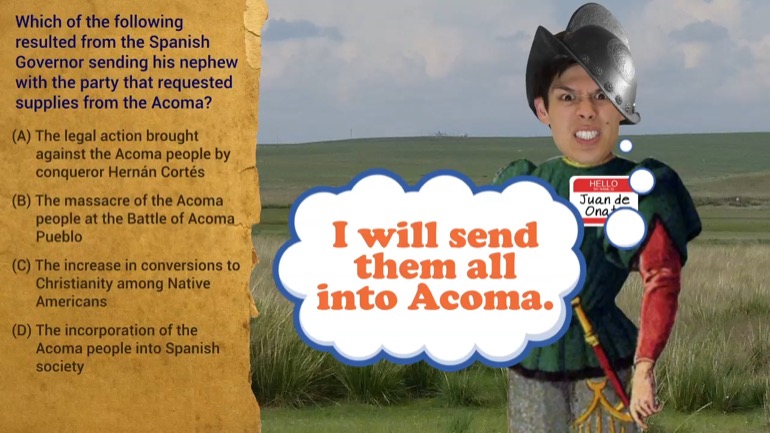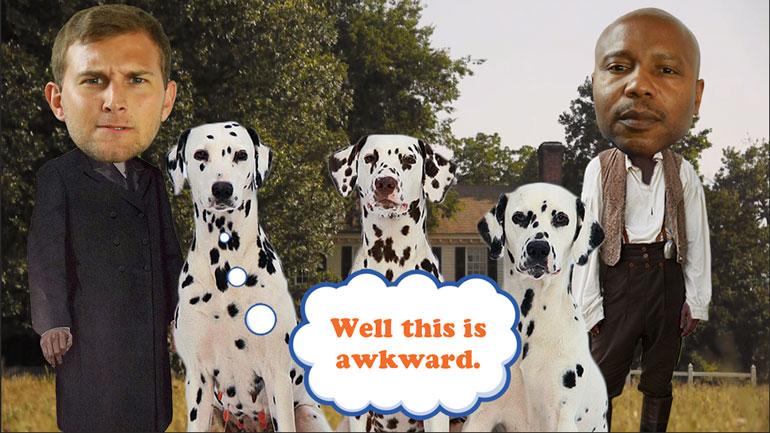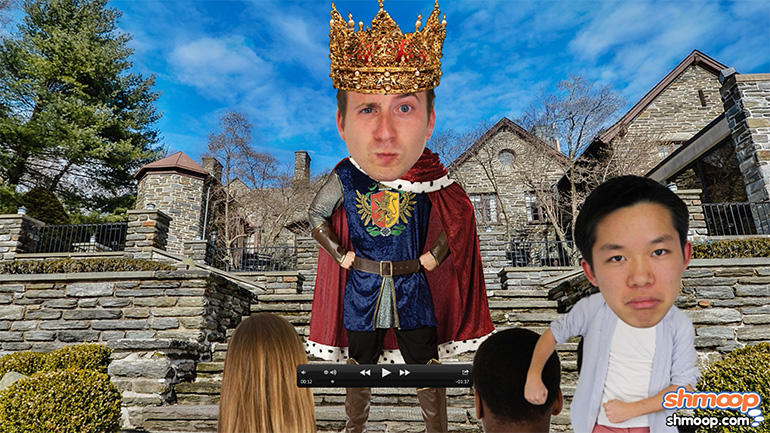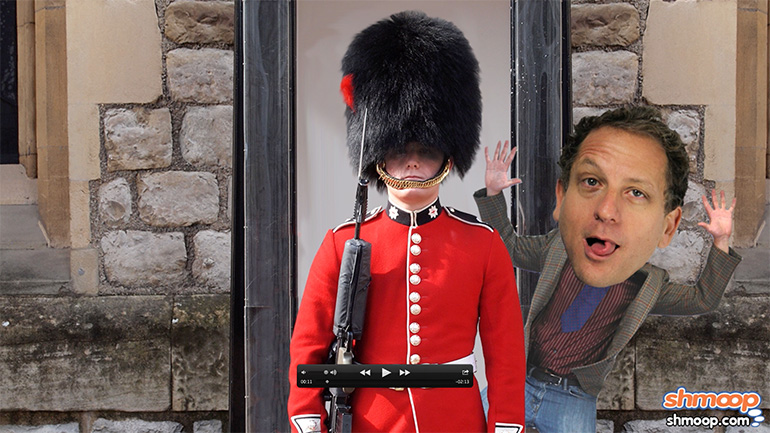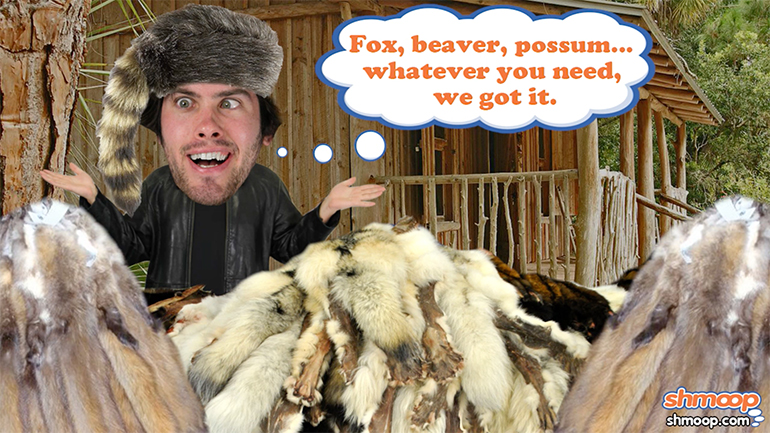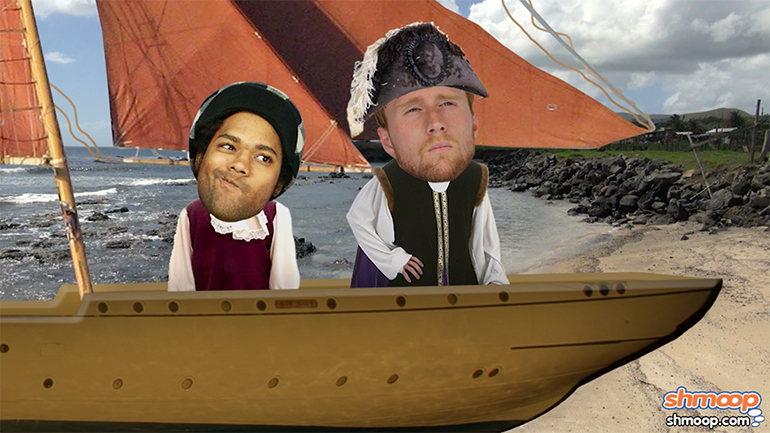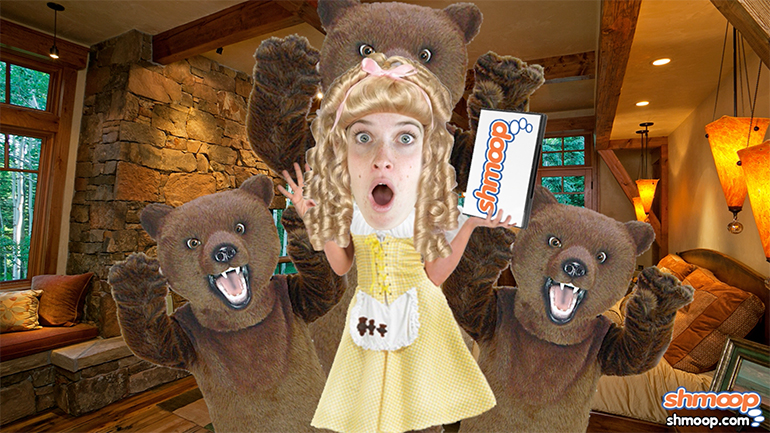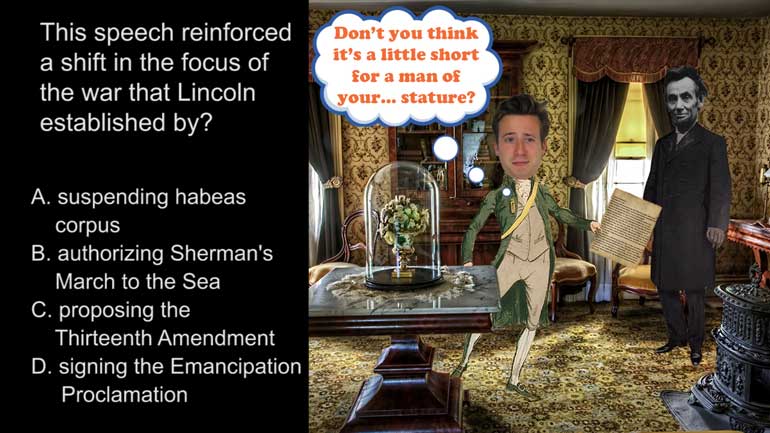ShmoopTube
Where Monty Python meets your 10th grade teacher.
Search Thousands of Shmoop Videos
Period 2: 1607–1754 Videos 18 videos
AP U.S. History 4.3 Period 2: 1607-1754. The image most directly reflects which of Britain's goals for the North American colonies?
AP U.S. History 1.1 Period 2: 1607–1754. The racial ideology reflected in the Spanish caste system depicted above differed from the views of the...
AP U.S. History 1.2 Period 2: 1607–1754. Conflicts between Spanish colonizers and native populations, compared to conflicts between British colon...
AP U.S. History 2.4 Period 2: 1607–1754 293 Views
Share It!
Description:
AP U.S. History 2.4 Period 2: 1607–1754. Overall, how did conflicts with Native Americans affect the beliefs of British colonists in New England?
Transcript
- 00:00
[ musical flourish ]
- 00:04
And here's your Shmoop du jour, brought to you by xenophobia,
- 00:08
fear of the letter Z.
- 00:10
Get it? It starts with an "X." It's very clever, we thought.
- 00:13
All right, overall how did conflicts with Native Americans
Full Transcript
- 00:16
affect the beliefs of British colonists in New England?
- 00:19
And here are your potential answers.
- 00:21
All right... [ mumbling ]
- 00:24
All right. So what's this question asking?
- 00:25
Well, we know that British colonists
- 00:27
for the most part came from the same country,
- 00:29
spoke the same language,
- 00:31
and worshipped the same god.
- 00:33
Basically, they were all one very similar flavor of vanilla ice cream.
- 00:37
So when they encountered the Native Americans,
- 00:39
whose languages, customs, and societies
- 00:41
were very different, well, stuff was bound to get complicated.
- 00:44
So let's see which answer best describes how the British felt when these two groups clashed.
- 00:48
Did British conflicts with Native Americans - A,
- 00:50
challenge colonists' religious convictions?
- 00:53
Well, after King Philip's war in the late 1670s,
- 00:56
colonists were furious at the violence committed
- 00:58
by Native American tribes,
- 00:59
even though the colonists killed about five times as many Native Americans.
- 01:03
Regardless, the violence further committed colonists
- 01:06
to the righteousness of their religious cause,
- 01:08
as well as enhancing their negative feelings
- 01:10
of Native Americans as a whole.
- 01:12
So that eliminates A and B.
- 01:14
Did these fights with Native Americans -
- 01:15
D, convince the colonists of
- 01:17
the American Indians' superiority?
- 01:19
Uh, strike that, reverse it.
- 01:21
The colonists were so furious after these battles
- 01:23
that they decided they would need to conquer the entire continent.
- 01:27
And we know how that turned out.
- 01:28
So that means these battles - C,
- 01:30
reinforced the colonists' worldview.
- 01:32
Yeah, you bet it did.
- 01:33
As a relatively homogenous society,
- 01:35
British colonists had a big fear of anyone or anything different.
- 01:38
So when these Native Americans put up a fight
- 01:40
for their homeland, it only helped reinforce the colonists' idea
- 01:43
that they'd have to eliminate them all
- 01:45
in order to feel safe.
- 01:47
So C's the right answer.
- 01:48
And, well, xenophobia is not the right answer.
- 01:51
It's super wrong and incredibly destructive,
- 01:53
but, well, you know what we mean.
Related Videos
AP U.S. History Exam 2.45. The journey shown on the map was an example of...what?
AP U.S. History Exam 2.26. This speech reinforced a shift in the focus of the war that Lincoln established by...what?
What did the Spanish messengers bring with them to North America? Hint: you probably wouldn't be thrilled to get this for your next birthday.
AP U.S. History Diagnostic 24. How did the United States choose containment over the National Security Council Report in Latin America?
AP U.S. History Exam 2.25. In writing the Gettysburg Address, Lincoln was still working to win over Northern voters who believed that...what?
